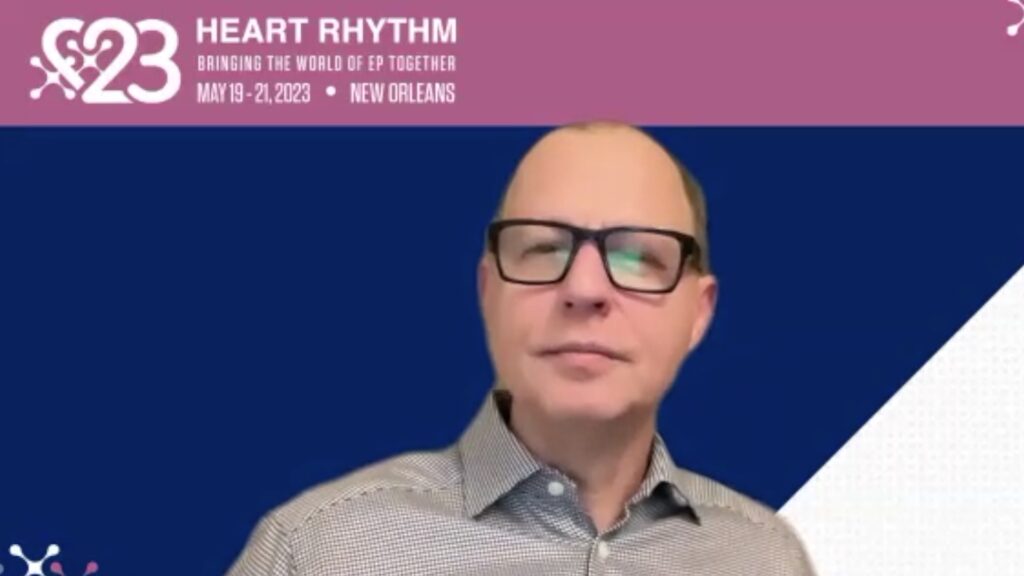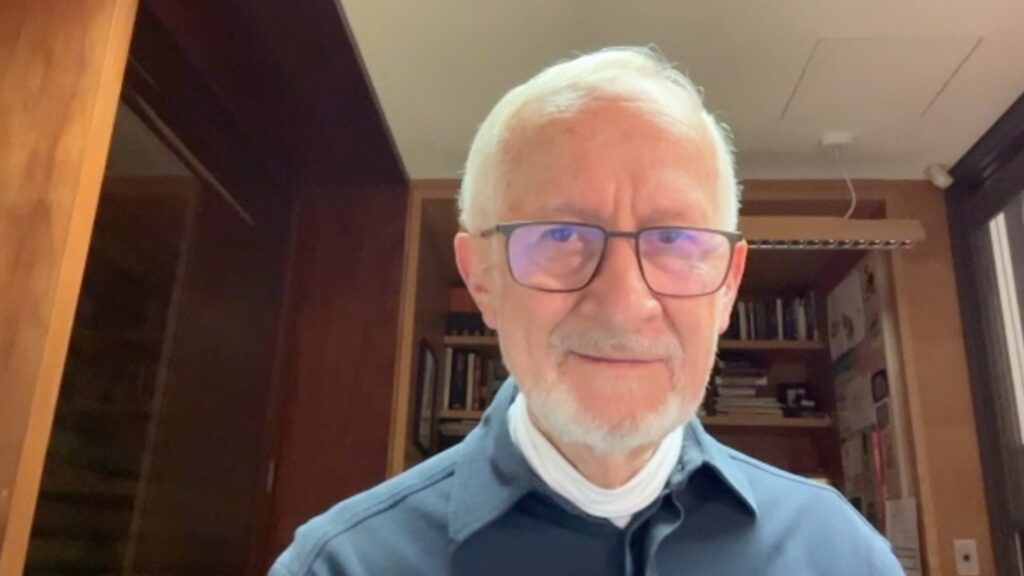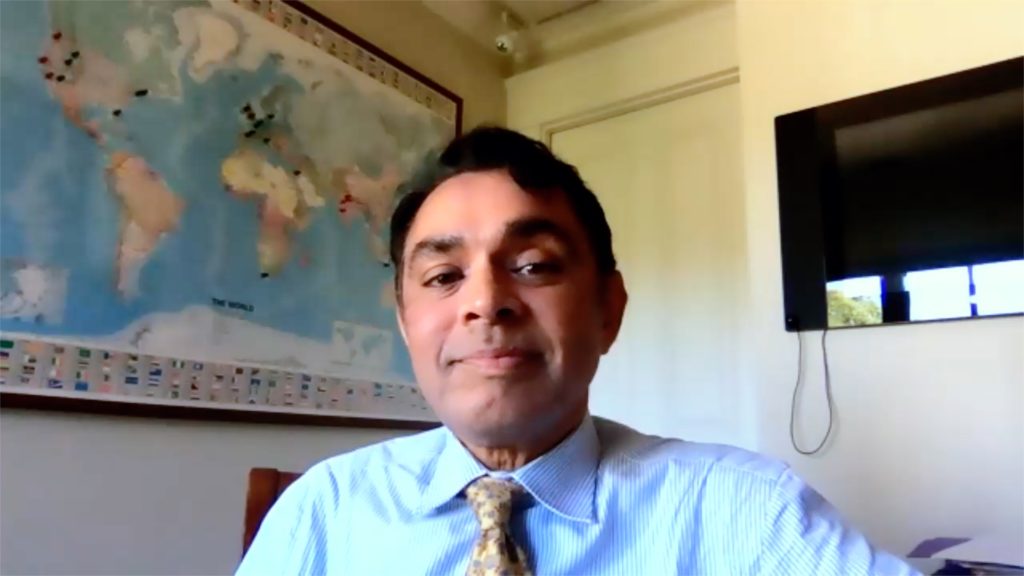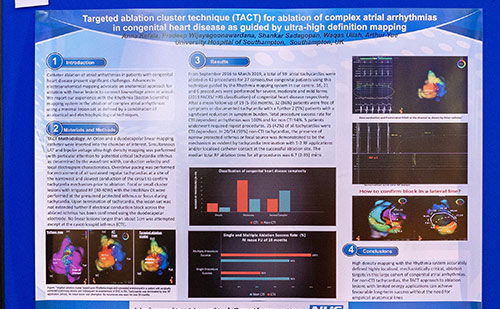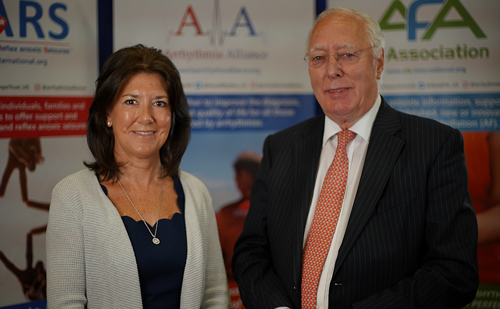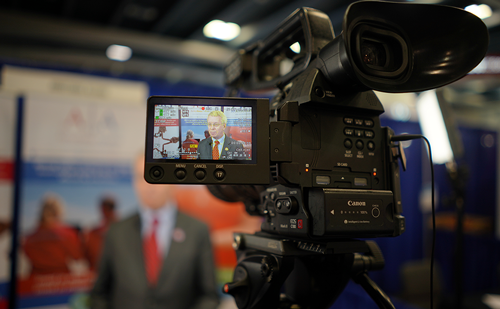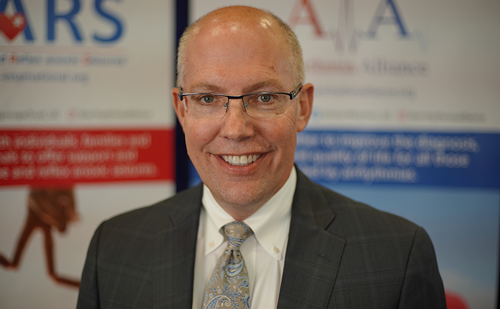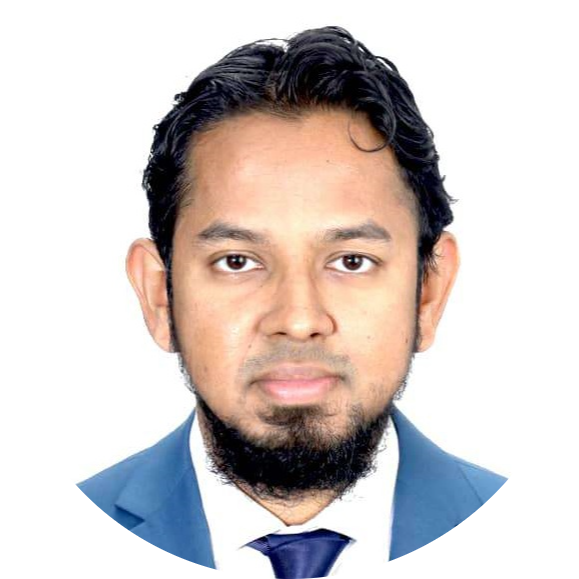
We are delighted to introduce touchCARDIO Future Leader 2025, Dr Salik Ur Rehman Iqbal, a cardiologist currently pursuing a clinical and research fellowship at Inselspital, University Hospital Bern, Switzerland. He earned his MBBS from Dow University of Health Sciences in Karachi, Pakistan and completed his FCPS in Cardiology in 2020. Dr Iqbal has contributed to research on atrial fibrillation, including studies on the timing of early recurrences after cryoballoon ablation and has presented on this topic at the EHRA 2024 Congress. Dr Iqbal is currently pursuing a Master of Public Health with a focus on Epidemiology at Harvard University, expected to conclude in 2025. His research interests encompass electrophysiology, ablation techniques and atrial fibrillation management. His presentation, “How much atrial fibrillation is too much after ablation of paroxysmal atrial fibrillation? Insights from the COMPARE CRYO study using continuous rhythm monitoring”, will be part of the EHRA 2025 Young Investigator Award for Clinical Cardiology.
In this Q&A, Dr Iqbal shares insights into his career journey, the experiences that shaped his path and what excites him most about the future of cardiology.
Q. What inspired you to pursue a career in atrial fibrillation?
My interest in atrial fibrillation (AF) research is primarily due to complex (and not fully understood) pathophysiology of the disease. It is projected that the burden of AF will increase with time. However, despite of newer evolving treatment avenues, the success rates are still suboptimal, again highlighting the need of better understanding this disease. This opens up a whole avenue of research opportunities.
Q. What current innovations in atrial fibrillation excite you the most?
The advent of pulsed-field ablation (PFA) is particularly exciting, as it offers a relatively safer and more efficient alternative to traditional thermal ablation techniques. PFA might revolutionize the whole field of cardiac electrophysiology in the near future. Newer systems are integrating mapping systems with PFA. Another fascinating development is the introduction of focal or large focal catheters which have dual ablation capabilities (thermal and PFA) as well as mapping capability, making it an “all in one” catheter.
Q. Is there a specific patient, mentor, or experience that shaped your path in this field?
Two mentors have greatly influenced my clinical and research career. Dr Evan Lockwood, a Clinical Professor at the University of Alberta, Mazankowski Alberta Heart Institute, Edmonton, Canada, where I obtained my cardiac electrophysiology fellowship. I learned the basic skills for pulmonary vein isolation (PVI) from him and I owe all my skills to him. More significantly, Dr Tobias Reichlin, a Clinical Professor of Medicine at Inselspital, University of Bern, Switzerland, has played a crucial role in shaping AF-related research. I have extensively worked with him on the blanking and post-blanking periods in patients after PVI, challenging current definitions and endpoints. I am also working with him on comparison of outcomes of ablation after PFA or thermal ablations.
Citation: Salik Ur Rehman Iqbal. 3 Questions with Dr Salik Ur Rehman Iqbal: touchCARDIO Future Leader 2025. touchCARDIO. 27 March 2025.
Disclosures: This short article was prepared by touchCARDIO in collaboration with Dr Iqbal. No fees or funding were associated with its publication.
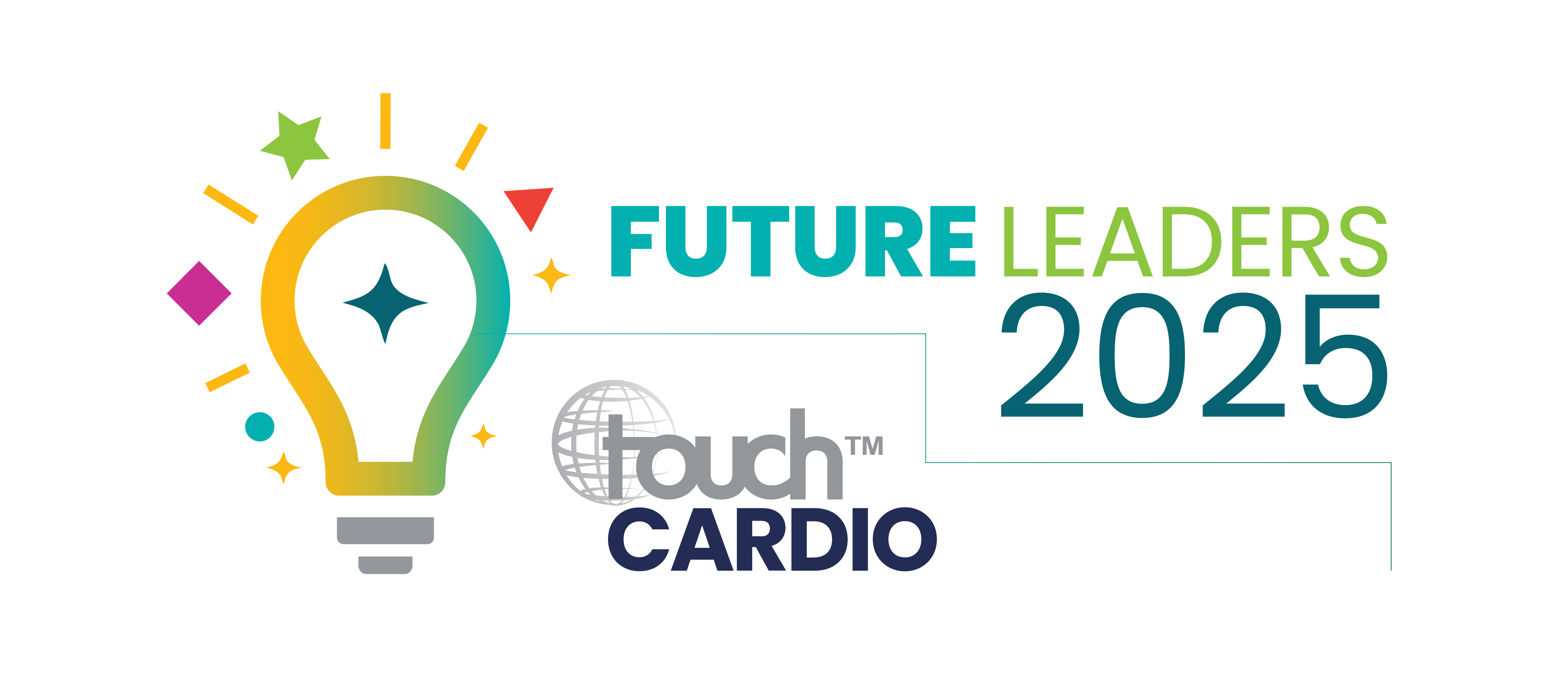
touchCARDIO is celebrating the brightest rising stars in the cardiology community, who are set to shape the future of the field.
Read more about touchCARDIO Future Leaders 2025 here.
Register now to receive the touchCARDIO newsletter!
Don’t miss out on hearing about our latest peer reviewed articles, expert opinions, conference news, podcasts and more.




